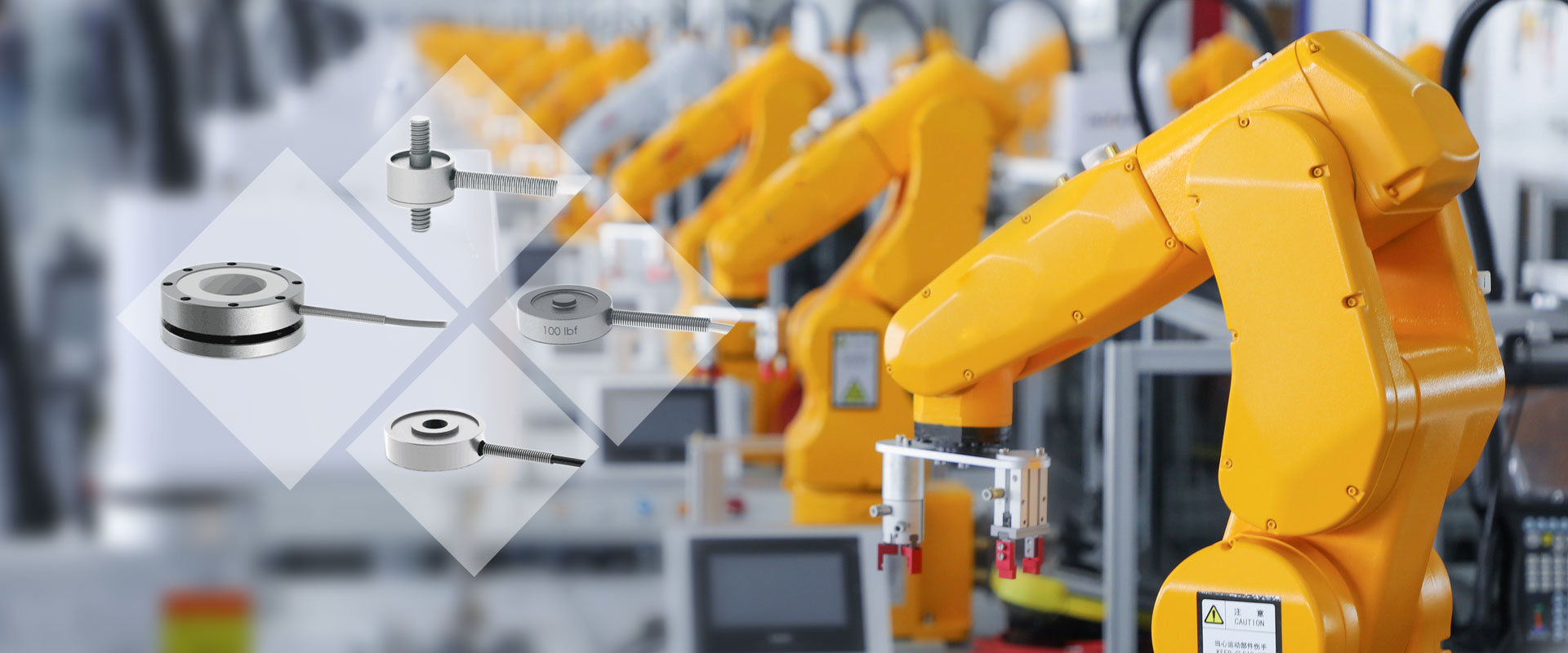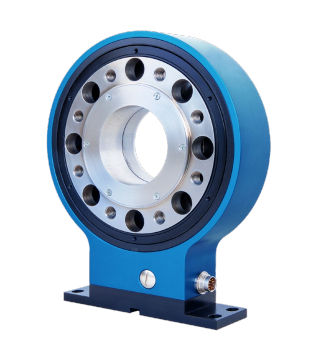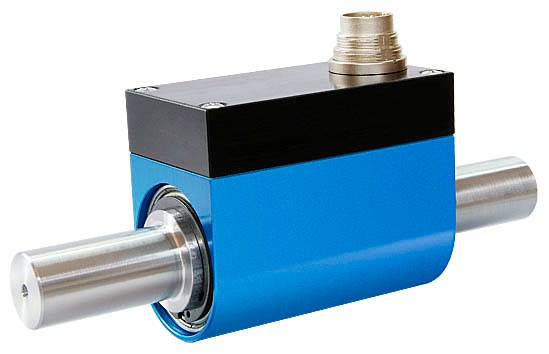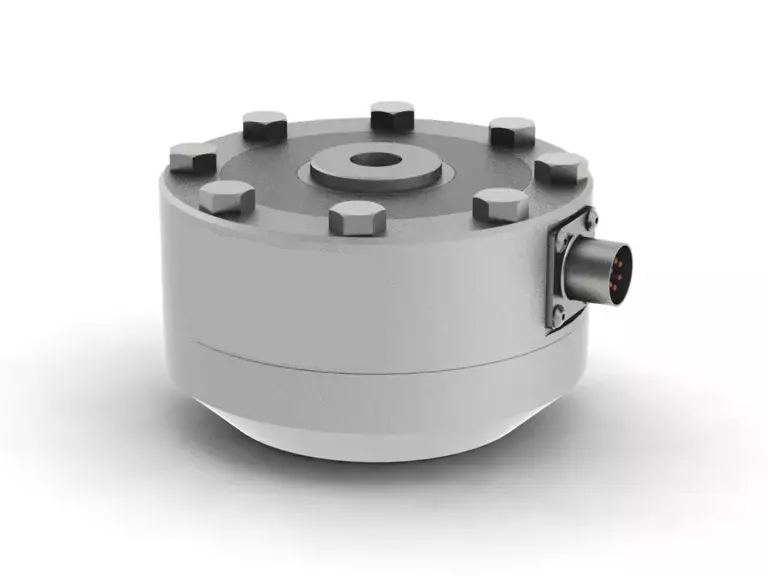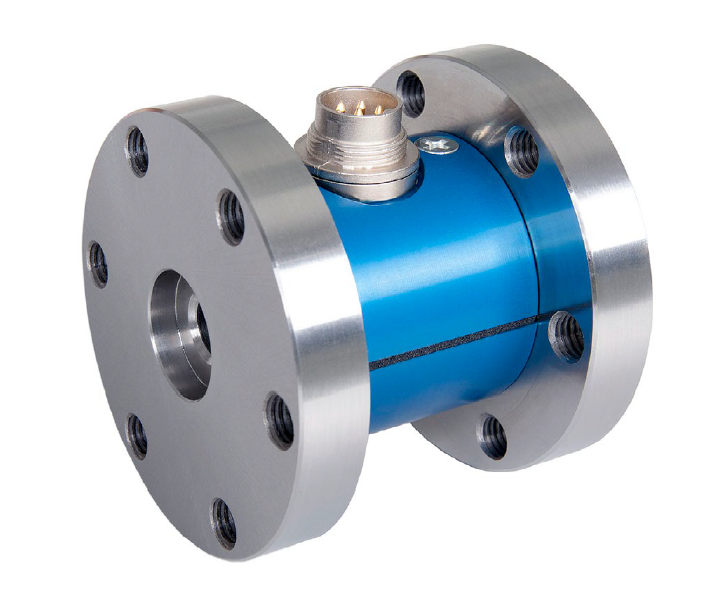Sensor is a kind of detection device, which can sense the measured information and transform the detected information into electrical signal or other required information output according to certain rules, so as to meet the requirements of information transmission, processing, storage, display, recording and control. It is the first step to realize automatic detection and automatic control. The national standard gb7665-87 defines a sensor as "a device or device that can sense the specified measured signal and convert it into usable signal according to a certain rule, which is usually composed of a sensitive element and a conversion element".
Sensors can be classified from different points of view: their conversion principles (basic physical or chemical effects of sensor operation); their uses; their output signal types and the materials and processes used to make them.
According to the working principle of sensors, sensors can be classified into physical sensors and chemical sensors
Physical sensors apply physical effects, such as piezoelectric effect, magnetostriction phenomenon, ionization, polarization, thermoelectric, photoelectric and magnetoelectric effects. Small changes in the measured signal will be converted into electrical signals.
Chemical sensors include those with chemical adsorption, electrochemical reaction and other phenomena as the causal relationship, and the small changes of the measured signal will also be converted into electrical signals.
Some sensors can not be classified into physical class or chemical class. Most sensors operate on the basis of physical principles. There are many technical problems in chemical sensors, such as reliability, possibility of mass production, price problems, etc. if these problems are solved, the application of chemical sensors will be greatly increased.
Sensor classification
Sensor classification 1: sensors can be classified according to their use
Pressure and force sensors position sensors
Liquid level sensor energy consumption sensor
Speed sensor acceleration sensor
Radiation sensor
Sensor classification 2: according to its principle, sensors can be classified
Vibration sensor humidity sensor
Magnetic sensor gas sensor
Vacuum sensor biosensor, etc. *
Sensor classification 3: according to its output signal, the sensor can be divided into:
Analog sensor - converts the measured non electrical quantities into analog electrical signals. *
Digital sensor - converts the measured non electrical quantity into digital output signal (including direct and indirect conversion).
*
Pseudo digital sensor an output (including direct or indirect conversion) that converts a measured signal into a frequency signal or a short period signal.
*
Switch sensor - when a measured signal reaches a certain threshold, the sensor outputs a set low or high level signal accordingly.
Sensor classification 4: by material
*
Under the influence of external factors, all materials will make corresponding and characteristic reactions. Among them, those materials which are more sensitive to external action, that is, those with functional characteristics, are used to make sensor sensitive elements. From the point of view of the materials used, sensors can be divided into the following categories:
(1) According to the types of materials used: metals, polymers, ceramics, mixtures
*
(2) According to the physical properties of materials: conductor, insulator, semiconductor, magnetic material
(3) According to the crystal structure of materials: single crystal, polycrystalline, amorphous materials
Sensor classification 5: according to its manufacturing process, sensors can be divided into:
Integrated sensor, thin film sensor, thick film sensor, ceramic sensor



